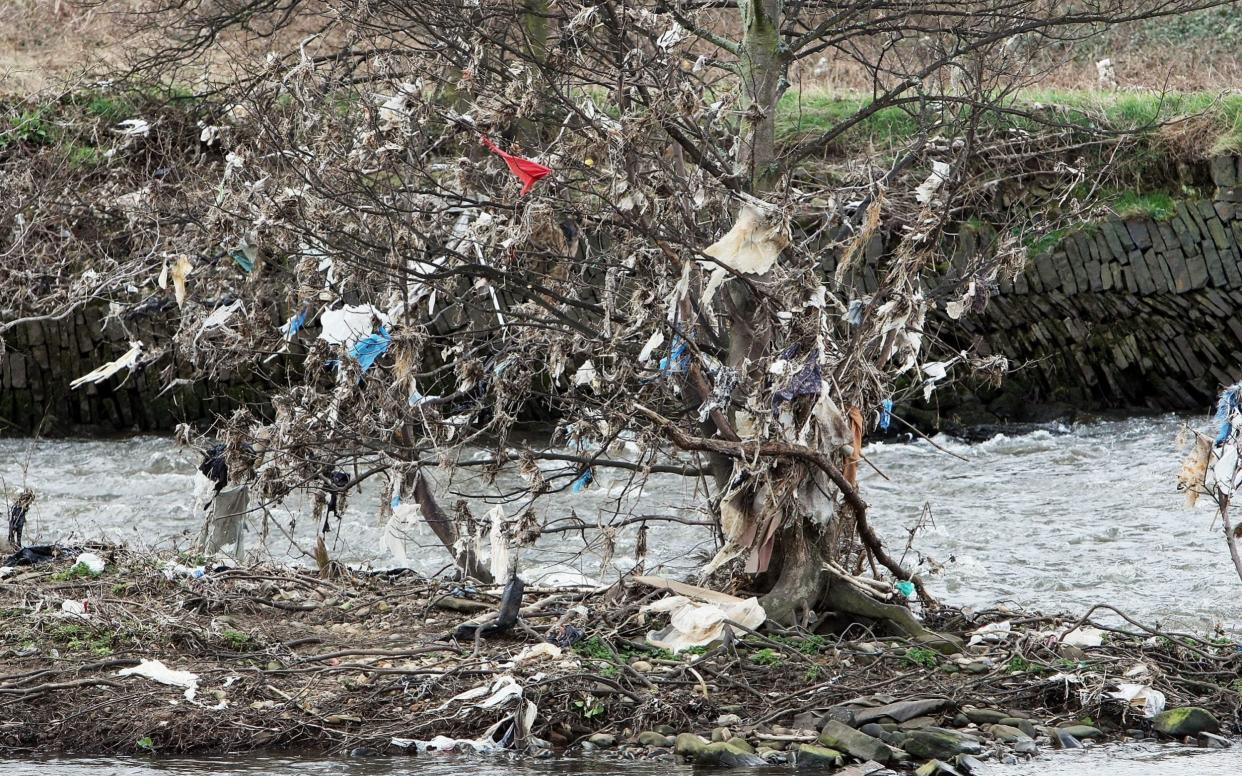Scientists discover first evidence of plastic moving through different food webs

Scientists have discovered the first evidence of plastic moving through different food webs, as they reveal birds are ingesting pollutive materials by eating insects.
Dipper birds digest hundreds of microplastic fragments every day when they dive into rivers in search of underwater bugs to eat, a study by Cardiff University has found.
As well as eating the plastic-contaminated insects themselves, they are also feeding them to their chicks, the researchers said.
This is the first time that the transfer of microplastics between different food webs has been illustrated, the study concludes.
"The fact that so many river insects are contaminated makes it inevitable that fish, birds and other predators will pick up these polluted prey, but this is the first time that this type of transfer through food webs has been shown clearly in free-living river animals," said researcher Dr Joseph D'Souza.
Previous studies have shown that around half of all insects living in the rivers of South Wales contain microplastic fragments.
The Cardiff University team examined droppings and regurgitated pellets from dippers living near rivers running from the Brecon Beacons down to the Severn Estuary.
Around half of the 166 samples taken from adults and their young, at 14 of the 15 sites studied, contained small pieces of plastic.
The greatest concentration was found in urban locations, with the polluting substances mainly fibres from textiles or building materials.
This means dippers are ingesting around 200 fragments every day through the insects they consume.
The research, published in the journal Global Change Biology, was carried out in collaboration with the Greenpeace Research Laboratories at the University of Exeter.
It has previously been shown that microplastics in the depths of the ocean are ending up in the bodies of living creatures, such as seals and crabs.


